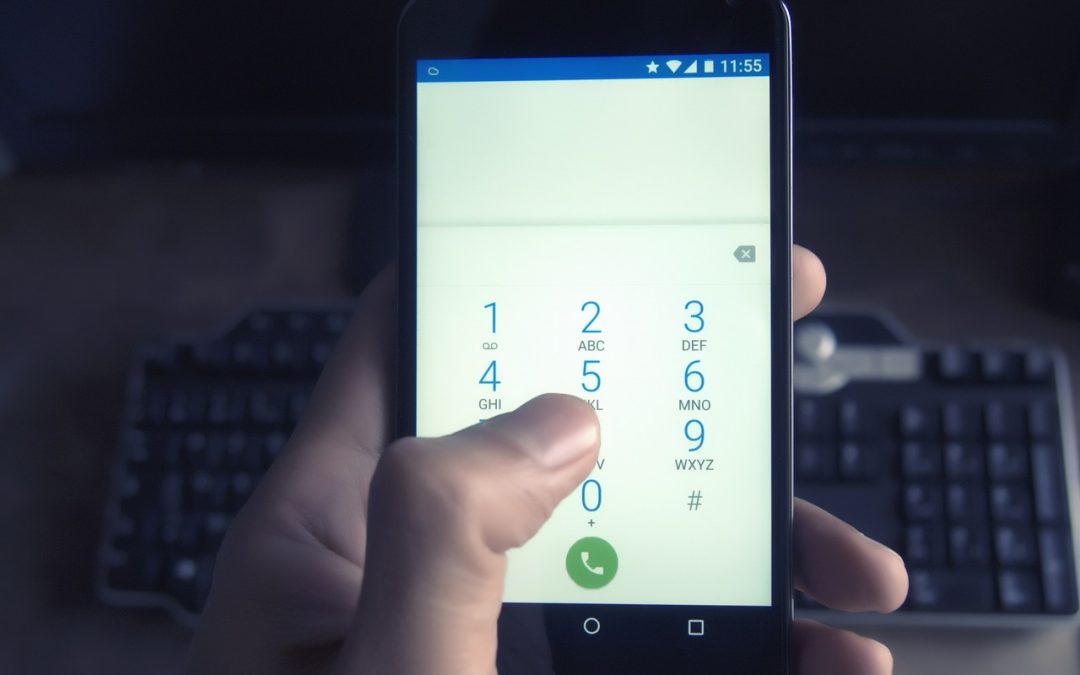There are many users who demand phone self-service tools in order to solve small doubts on their own that do not require personal assistance.
Self-service, and solutions such as IVR, are now a mandatory strategy that companies must design and implement correctly in order to drive operational efficiency and meet customer expectations.
Clients must have the possibility to seek answers to their doubts and solutions to their problems themselves
Those companies that do not develop effective self-service strategies run the risk of losing customers caused by the low satisfaction of their needs and expectations.
It is not about eliminating contact with other people, but about evolving in the way such interactions are carried out, in order to provide useful and satisfactory experiences that strengthen client / company relationships.
Establishing an adequate call redirection strategy is vital to optimize processes. This can be done with one person or, much more efficiently, through an Interactive Voice Response or IVR system.
Reducing customer effort is essential to increase their level of satisfaction and consolidate a long-lasting business relationship.
What is an IVR for?
Interactive Voice Response or IVR is a telephony technology that allows the user who contacts a company to interact in real time with customer service systems through configurable menus of DTMF (Dual-Tone-Multi-Frequency) tones or Voice recognition until you reach the right destination to resolve your incident or request.
IVR Systems can typically handle and service any business with high volumes of incoming calls. With an interactive voice response system, companies can reduce costs and improve the customer experience, as the IVR helps resolve frequent customer inquiries through a series of voice-overs, as well as the ability to offer a 24/7 care for certain services without the need for expensive human personnel.
How does an IVR work?
In an IVR system that uses DTMF tones, callers select options by pressing the keys. Pressing a digit on the telephone keypad sends a DTMF tone to the company’s attention system which then selects the appropriate action / response according to the digit pressed.
Using artificial intelligence speech recognition, the IVR understands voice commands and directs the appropriate department.
There are hybrid IVR systems between the use of DTMF tones and voice recognition so that the user can choose the one that is most comfortable for him.
For self-service tools to be dynamic and adaptive – in addition to representing a touch point of value – they require a constant flow of data. They must have access to specific customer information: their script, clarity about the most common reasons for coming, and communicate what they “learn” to agents and the company in general. In the same way, they can operate connected to the CRM system, the database, the agent desktops, the routing system and the customer analysis tools.
Benefits of using an IVR System
Reduces operational costs – By reducing the number of human agents and receptionists needed.
Improve customer experience – Callers get accurate information they need 24 hours a day.
Solve problems faster – Consumers are immediately directed to the sales team or department that can best answer their question.
Improve company image – Small businesses appear to have a much larger workforce.
At TELNORM we have developed the IVR verification and testing system that best suits the needs of your business or company. With 30 years of experience, our offices in the United States, Mexico, Colombia and Central America & the Caribbean are ready to serve multiple geographies, supporting the efforts for the business growth of our clients.
Contact us, we will gladly help you.

